Best stomatitis medications in 2024
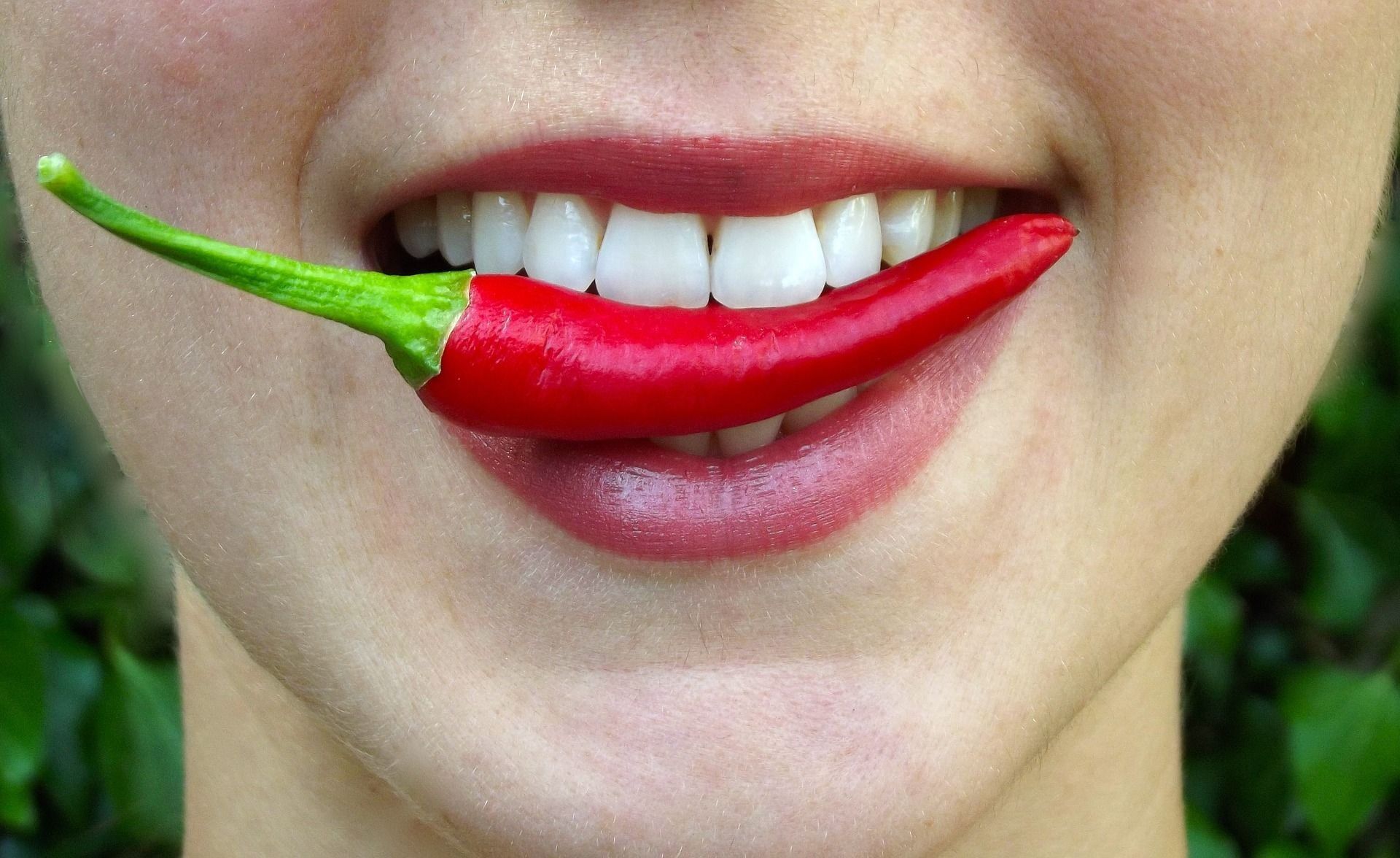
Almost everyone at least once in their life has come across such an unpleasant phenomenon as stomatitis. Ulcers that appear in the oral cavity, on the cheeks, tongue or gums, as a rule, occur acutely, cause significant discomfort and pain, but with proper treatment they go away rather quickly and without consequences. It is important to use the best drugs for treating stomatitis, otherwise the disease can affect deeper soft and even hard tissues.
Stomatitis: types and factors of occurrence
To choose the right drug, it is important to understand the nature of the onset of the disease, what caused it. It happens that the disease can develop against the background of other pathologies or is an independent ailment.

Stomatitis can be bacterial, viral, or fungal in nature.
Children are more likely to suffer from catarrhal stomatitis. In this case, the mucous membrane swells, pronounced redness is noted, the lesions are painful. Bad breath and swollen lymph nodes may also occur.
Causes of stomatitis
- Mechanical damage (burns with hot food and drinks, microtrauma from dentures, braces, teeth fragments, accidental bites or foreign objects);
- Decreased immunity, which makes the body susceptible to viruses and the action of pathogenic microbes;
- Exacerbation of allergies;
- Contact with an already sick person;
- The presence of a chronic source of the disease in the oral cavity (adenoids, tonsillitis, etc.).
Ulcerative stomatitis
Most often, this form of stomatitis is an independent disease that occurs due to a decrease in local immunity, ineffective oral hygiene, the presence of fragments of teeth or large-scale deposits of tartar. The use of toothpastes that contain aggressive components, such as sodium lauryl sulfate, can also act as a risk factor, as it makes the mucous membrane more vulnerable to external irritants.

Aphthous stomatitis - a subtype of ulcerative form, its course is accompanied by the formation of aft - erosions on the oral mucosa, the surface of which is covered with a white-yellow plaque.
This type is very painful, food intake becomes especially unpleasant, a strong burning sensation is felt in the affected areas.
Vincent's stomatitis - necrotic type of ulcerative form. Its causative agent is saprophytic bacteria. Their activity and negative effects are associated primarily with a weakening of the immune system. As a rule, the disease occurs in men after 35 years of age and occurs in the cold season. Mechanical damage also provokes illness. The gums are most often affected.
Herpetic stomatitis
The name itself suggests that the reason for the appearance of painful areas in the oral cavity is infection with the herpes virus.
Most often, this form is found among children's groups. A distinctive feature is an increase in body temperature. The mucous membrane swells, becomes painful, gums may bleed and bad breath may appear.
The emergence of such a form is closely related to the weakening of the immune system, in this state the herpes virus, “sleeping” in every person, is activated up to this point.
Fungal stomatitis
This form is caused by active pathogenic microorganisms. And the main provoking factor, as in all the forms described above, is a weakened immune system. In this case, the dominant "bad" bacteria have a destructive effect on the mucous membrane, forming foci of inflammation.
Allergic stomatitis
It can occur as part of the general reaction of the body to an allergen. A type of allergic stomatitis is its drug form, when unpleasant manifestations in the oral cavity are caused by the body's response to a certain group of drugs.
With this form of stomatitis, it makes no sense to treat it locally, only the adoption of antihistamines effectively wakes up.
How to choose a drug
There are several dosage forms of the drug, among them: tablets, sprays, ointments or gels.
Each of the remedies has its own purpose, that is, what is suitable, for example, with herpetic stomatitis, will be useless with aphthous disease.
It is important to start treatment at the first signs of the disease, however, to choose the best medicine for stomatitis, you should consult a doctor who will correctly determine the type of disease and select the most effective medicine.
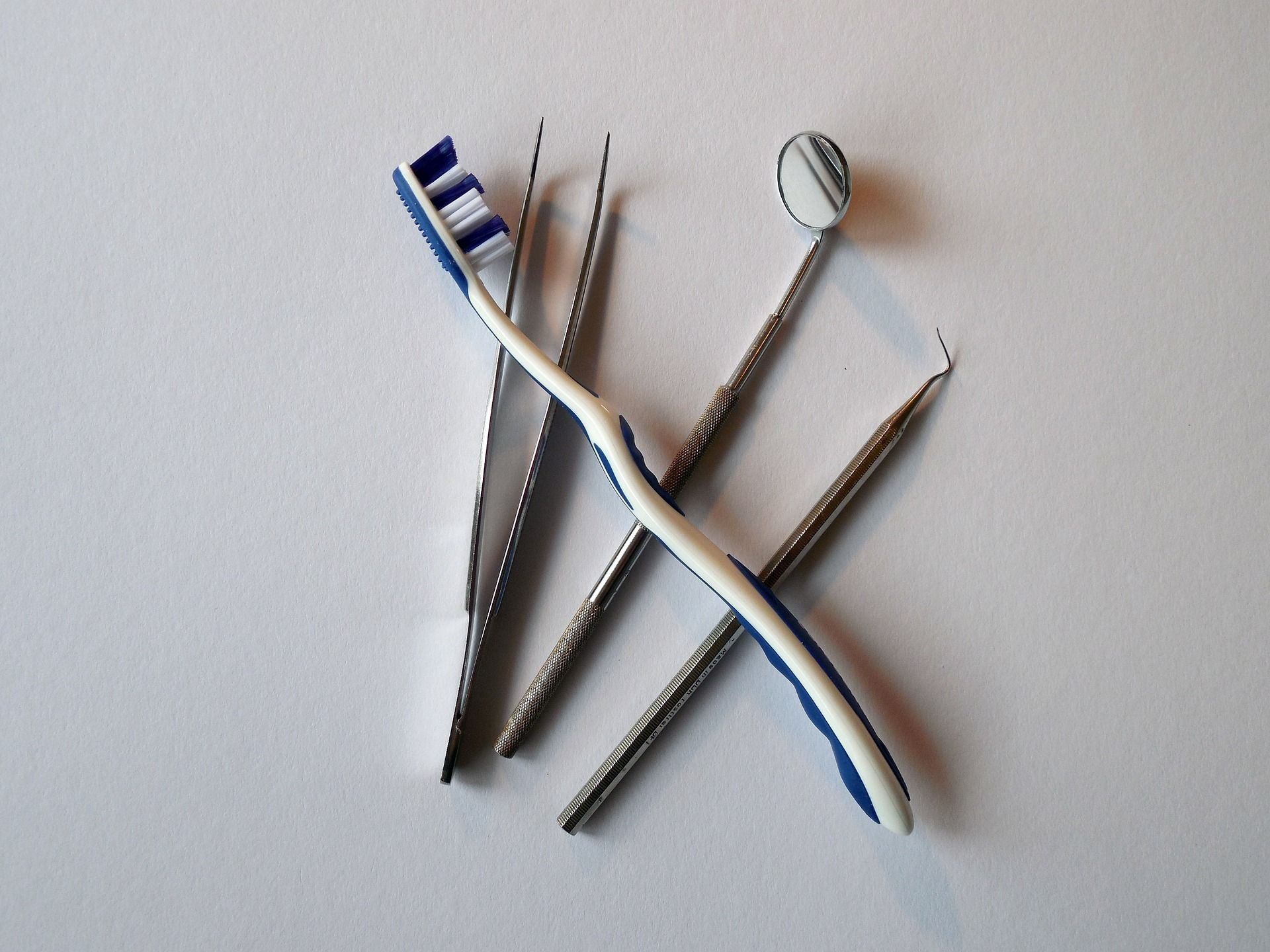
Ointments for stomatitis
This type of medicine is undoubtedly the most popular. The effect, as a rule, is achieved quickly, while the risks of side reactions, including allergic ones, are minimal.
Ointments, like the disease itself, are divided according to their orientation:
- Versatile, suitable for all types of disease;
- Ointments for fungal forms of stomatitis;
- Antiviral drugs used for herpes;
- Antibacterial ointments suitable for aphthous form.
When treating stomatitis in a child, you should pay attention to the minimum age from which the drug can be used, as well as the presence of allergic reactions. This rule applies not only to ointments, but also to other dosage forms.
Acyclovir
A well-known drug for combating herpes, it will perfectly cope with the corresponding form of stomatitis.
The ointment fights both the virus itself and relieves swelling from the mucous membrane.
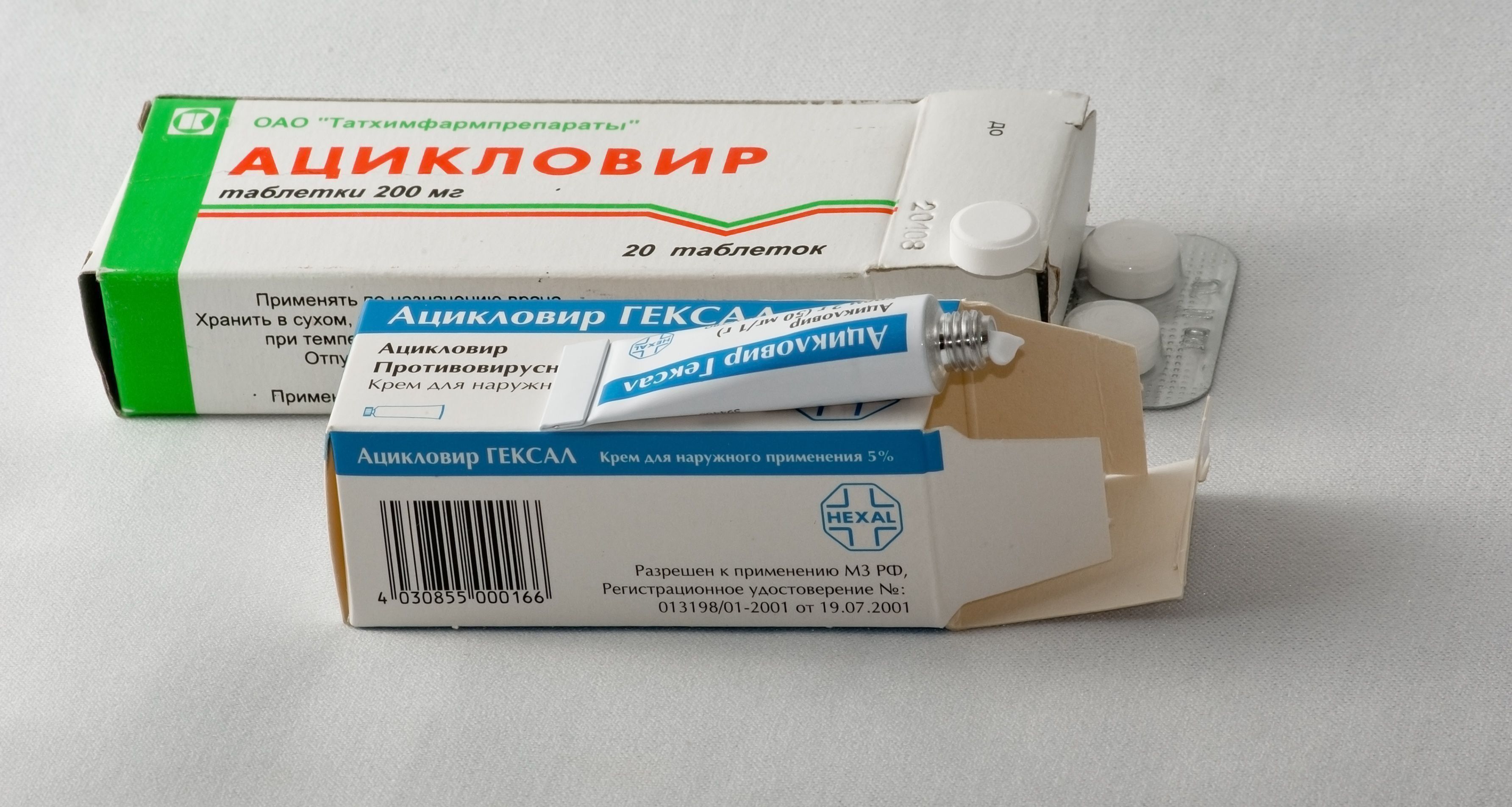
The ointment is applied for 1-2 weeks. In this case, before applying it, you must rinse your mouth with a decoction of chamomile. The ointment itself should be applied not only to the affected areas, but also to healthy tissues around. During the day, the procedure has to be done 5 times.
The cost of the drug depends on the manufacturer, the budget Russian ointment will cost from 30 rubles, while the foreign analogue "Zovirax" - from 150 rubles.
- Effective in the fight against herpes;
- Economical consumption;
- Does not discomfort when applied.
- Long treatment period.
Oxolinic ointment
A proven remedy in the fight against viruses will also be effective for stomatitis. Doctors recommend using it for both treatment and prevention of the disease.

The ointment is applied within 7-10 days up to 4 times a day, while only the affected areas are treated. It is worth using an ointment with an active substance concentration of 0.25.
"Oxolinka" is a universal remedy for pediatric stomatitis of any etiology.
Cost: an average of 20 rubles.
- Universal remedy;
- Budget drug;
- Can be used by pregnant and lactating mothers, children.
- Burning sensation in the affected areas is possible;
- A side effect in the form of staining the mucous membrane in a slightly blue color.
Nystatin
Ointment effective for fungal stomatitis.The ointment contains an antibiotic, which indicates its effectiveness, but at the same time the possibility of using it exclusively as prescribed by a doctor. To combat stomatitis, a 5% drug is taken.

The method of application is prescribed by the doctor, but, as a rule, the drug is distributed over the affected areas of the mucous membrane 1-2 times a day, the course of application is 2-3 days. It is important to remember that you cannot use the drug for longer or in larger quantities than prescribed, since an overdose entails serious consequences.
Cost: from 60 rubles.
- Efficiency of use;
- Budgetary tool;
- Short course of treatment.
- Contraindicated in pregnant and lactating mothers;
- May give complications to the organs of the digestive system;
- In case of overdose, it is dangerous.
Holisal
Dental ointment prescribed for various diseases of the oral cavity, gums, teething. Holisal is able to overcome pain in all forms of stomatitis, to stop the inflammatory process. The analgesic effect is achieved almost instantly.

The ointment can be applied from birth, the frequency of application is 2-3 times a day, the duration is 7-10 days, method: intensive rubbing into the affected areas.
Cost: from 300 rubles.
- Universal remedy;
- Rapid pain relief;
- Can be used in children from birth.
- Severe burning sensation at the time of application.
Solcoseryl
The product is available in the form of an ointment and gel. Immediately, we note that it is the ointment that will help with stomatitis, which should be applied to the affected areas 2-3 times a day.

Solcoseryl is an excellent antiseptic, effective for relieving inflammation and pain relief. When it gets on the sore, the ointment dries up, a film is formed, which heals for several hours.
Cost: from 270 rubles.
- In milder forms, healing can be noted already with the first application;
- Good analgesic effect.
- The film "works" for several hours, during this time you must not eat or drink.
Metrogyl dent
An effective remedy for aphthous stomatitis. The ointment has antimicrobial and antiprotozoal action, excellent disinfection and anesthesia. Can be used by children over 6 years old, pregnant and nursing mothers.

The drug is used twice a day for 7-10 days. It is applied to the affected areas, after which you should not drink for a while.
Cost: from 240 rubles.
- Good healing effect;
- Excellent pain relief;
- Can be used by pregnant and lactating women.
- Slight burning sensation upon application.
Stomatitis tablets
This form of the drug fights the clinical manifestations of the disease, relieves the causative agent of the infection, and also generally has a positive effect on the oral mucosa.
As a rule, the duration of treatment with pills does not exceed a week, while a noticeable effect is noticeable already on the second day.
Tablets can be universal, giving several effects at once, or have one pronounced effect. Among the main effects:
- Anesthesia;
- Fight inflammation;
- Antiseptic effect;
- Antiviral action;
- Antifungal focus;
- Effectiveness due to antibiotic;
- Antihistamine;
- Healing of wounds and ulcers;
- Maintaining local immunity.
Hexoral-tabs
Lozenges, which are excellent pain relievers, destroy infectious agents.

Lozenges have a pronounced but time-limited effect.
Can be used by children over 4 years old.
Cost: from 160 rubles.
- Effective anesthetic;
- Nice taste of tablets.
- Short period of effect;
- Allergic reactions to fragrances in the composition are possible.
Eucalyptus-M
Lozenges for sucking have a natural composition and do not contain sugar, which makes them quite effective and safe, approved for use in diabetes mellitus.

Tablets fight inflammation well, disinfect the oral cavity.
Cost: from 100 rubles.
- Natural composition;
- The possibility of resorption in diabetes mellitus.
- Allergy sufferers should be careful.
Lizobact
The pleasant-tasting lozenges can be used by children over 3 years of age. The course lasts a week, the pill must be sucked 3-4 times a day.
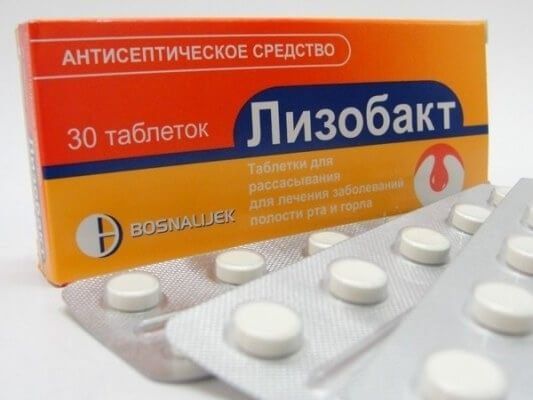
Especially effective is observed in the fight against herpes form, as an adjunct to acyclovir.
Cost: from 300 rubles.
- Good antiseptic;
- Effective for herpetic stomatitis.
- It is used most often only in complex therapy.
Fluconazole
Oral tablets, effective for stomatitis of fungal etiology. It can be used for both treatment and prevention of relapse.
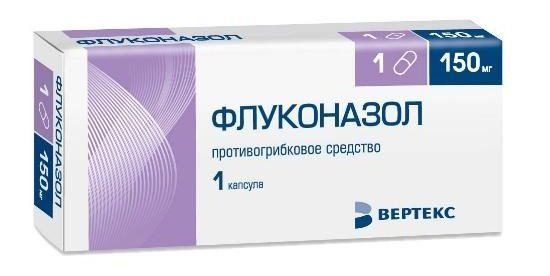
The drug must be prescribed by a doctor, there are contraindications.
Cost: the price depends on the manufacturer, at least 10 rubles for 1 capsule.
- Good performance in the fight against fungal infections;
- Budgetary tool;
- A short course of treatment.
- There are many contraindications.
Sprays against stomatitis
Most of the drugs, which will be discussed below, have in their composition a number of components that have an antiseptic effect, anesthetize and destroy the pathogen virus, and often contain extracts of medicinal plants.
Hexoral
Hexetidine - the main active ingredient is a powerful antiseptic, the essential oils present in the composition fight microbes, and glycerin softens the mucous membrane.

The spray is applied, as a rule, twice a day and gives a noticeable analgesic effect.
Cost: from 300 rubles.
- Good antimicrobial agent;
- Effective anesthetic.
- Can dry a little;
- The analgesic effect lasts for a limited period of time.
Miramistin
Colorless, tasteless and odorless spray has a wide spectrum of action. It can be used for stomatitis of various etiologies, promotes the speedy healing of ulcers, relieves the inflammatory process.

It is used 3-4 times a day for a week.
Cost: from 300 rubles.
- Lack of smell and taste;
- Approved for use in children;
- A wide range of actions.
- It is more often used in complex therapy.
Proposol
The spray, based on natural ingredients, is suitable for combating stomatitis of various etiologies. It disinfects, fights microbes, relieves inflammation. When used, the ulcers are tightened, the condition of the mucous membrane returns to normal.

Contains: alcohol, propolis, glycerol.
The course of treatment usually does not exceed a week.
Cost: from 130 rubles.
- Natural composition;
- Good antiseptic;
- A wide range of actions.
- May cause burning sensation when sprayed;
- Cannot be used for allergies to bee products.
For the treatment of stomatitis in children over three years old, sprays such as Lugol, Ingalipt, Chlorophyllipt can be used, but most often this will be an additional drug to the ointment in the fight against an unpleasant disease.

Whichever remedy is chosen, it is worth remembering that the disease is much easier to prevent, for this you need to observe oral hygiene, maintain immunity and visit the dentist in a timely manner.
If the disease nevertheless befell, then the best remedy for stomatitis will be prescribed by a periodontist for an adult, and a pediatric dentist for a child.
new entries
Categories
Useful
Popular articles
-

Top rating of the best and inexpensive scooters up to 50 cubic meters in 2024
Views: 97661 -

Rating of the best materials for noise insulation for an apartment in 2024
Views: 95022 -

Rating of cheap analogues of expensive drugs for flu and colds for 2024
Views: 91750 -

The best men's running shoes in 2024
Views: 87680 -

Top ranking of the best smartwatches 2024 - price-quality
Views: 85091 -

Best Complex Vitamins in 2024
Views: 84801 -

The best dye for gray hair - 2024 top ranking
Views: 82406 -

Rating of the best wood paints for interior use in 2024
Views: 77202 -

Ranking of the best action cameras from China in 2024
Views: 75269 -

Rating of the best spinning reels in 2024
Views: 74827 -

The most effective calcium supplements for adults and children in 2024
Views: 72462 -

Top rating of the best means for male potency in 2024 with a description
Views: 68296









